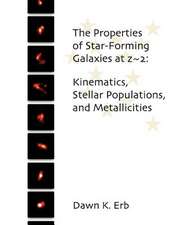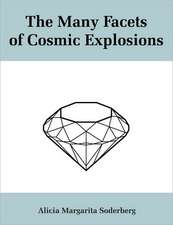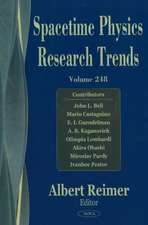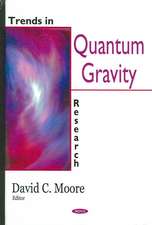Gravitational Few-Body Dynamics: A Numerical Approach
Autor Seppo Mikkolaen Limba Engleză Hardback – 15 apr 2020
Preț: 889.08 lei
Preț vechi: 1033.81 lei
-14% Nou
Puncte Express: 1334
Preț estimativ în valută:
170.13€ • 185.54$ • 143.45£
170.13€ • 185.54$ • 143.45£
Carte disponibilă
Livrare economică 03-17 aprilie
Preluare comenzi: 021 569.72.76
Specificații
ISBN-13: 9781108491297
ISBN-10: 1108491294
Pagini: 252
Ilustrații: 34 b/w illus.
Dimensiuni: 174 x 250 x 17 mm
Greutate: 0.59 kg
Editura: Cambridge University Press
Colecția Cambridge University Press
Locul publicării:Cambridge, United Kingdom
ISBN-10: 1108491294
Pagini: 252
Ilustrații: 34 b/w illus.
Dimensiuni: 174 x 250 x 17 mm
Greutate: 0.59 kg
Editura: Cambridge University Press
Colecția Cambridge University Press
Locul publicării:Cambridge, United Kingdom
Cuprins
Preface; Introduction; 1. The problems; 2. Two-body motion; 3. Analytical tools; 4. Variation of parameters; 5. Numerical integration; 6. Symplectic integration; 7. KS-regularization; 8. Algorithmic regularization; 9. Motion in the field of a black hole; 10. Artificial satellite orbits; References; Index.
Notă biografică
Descriere
This introduction to the few-body problem progresses from two-body motion and classical planetary dynamics to modern numerical methods.



















